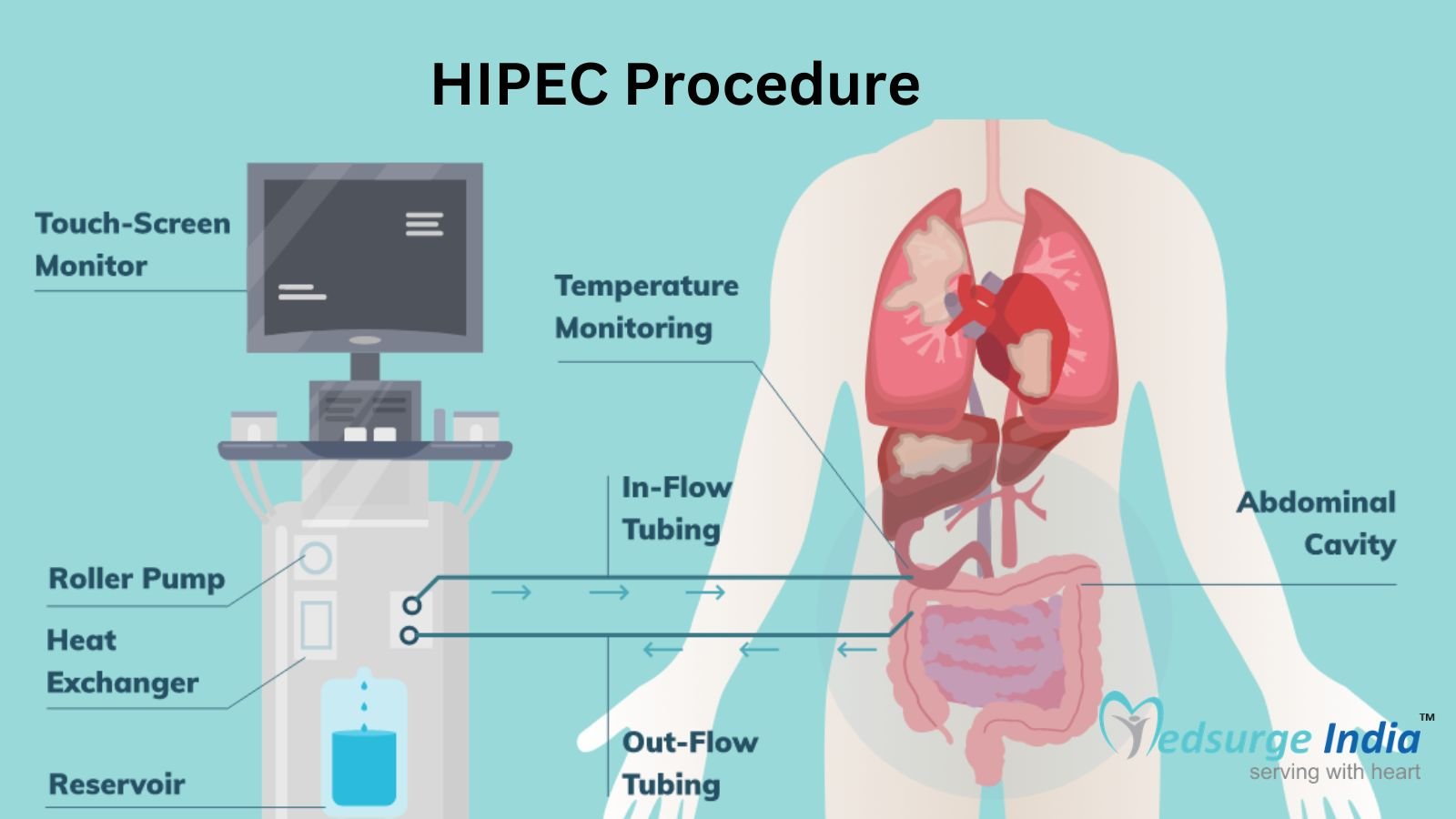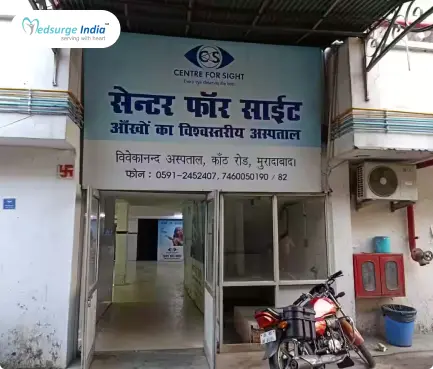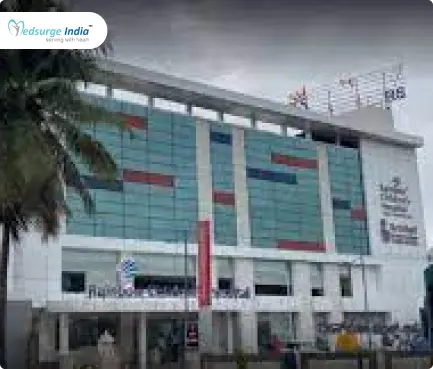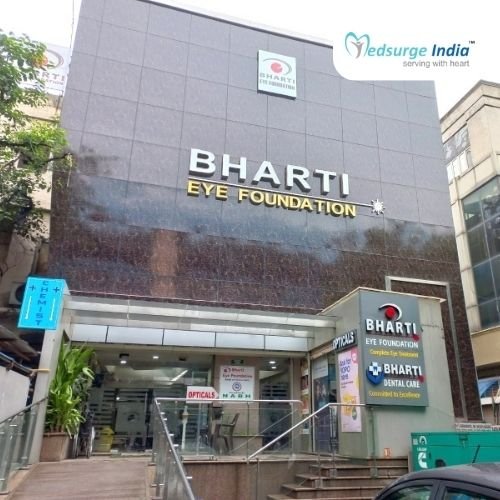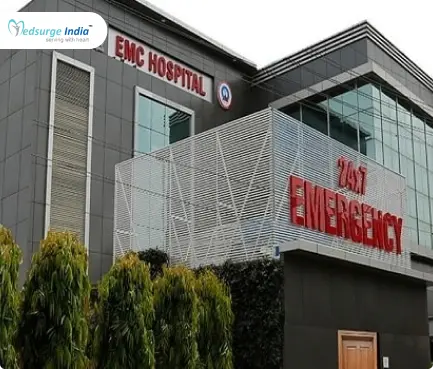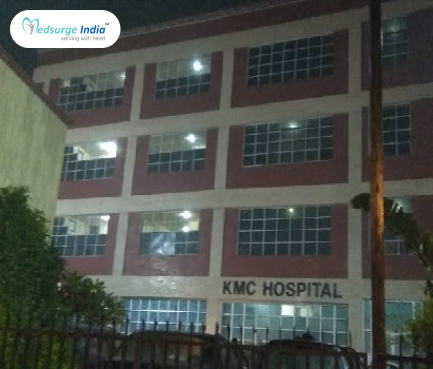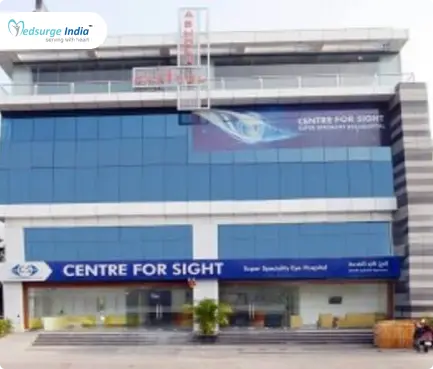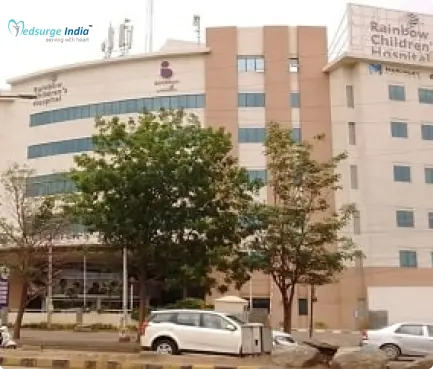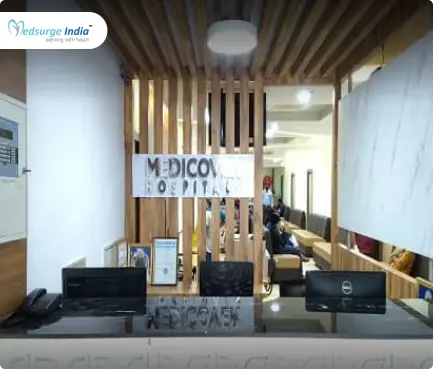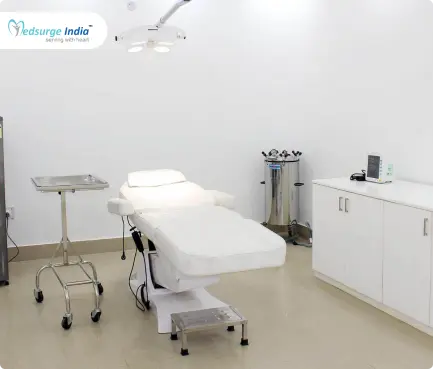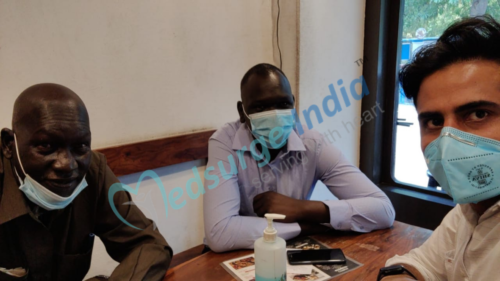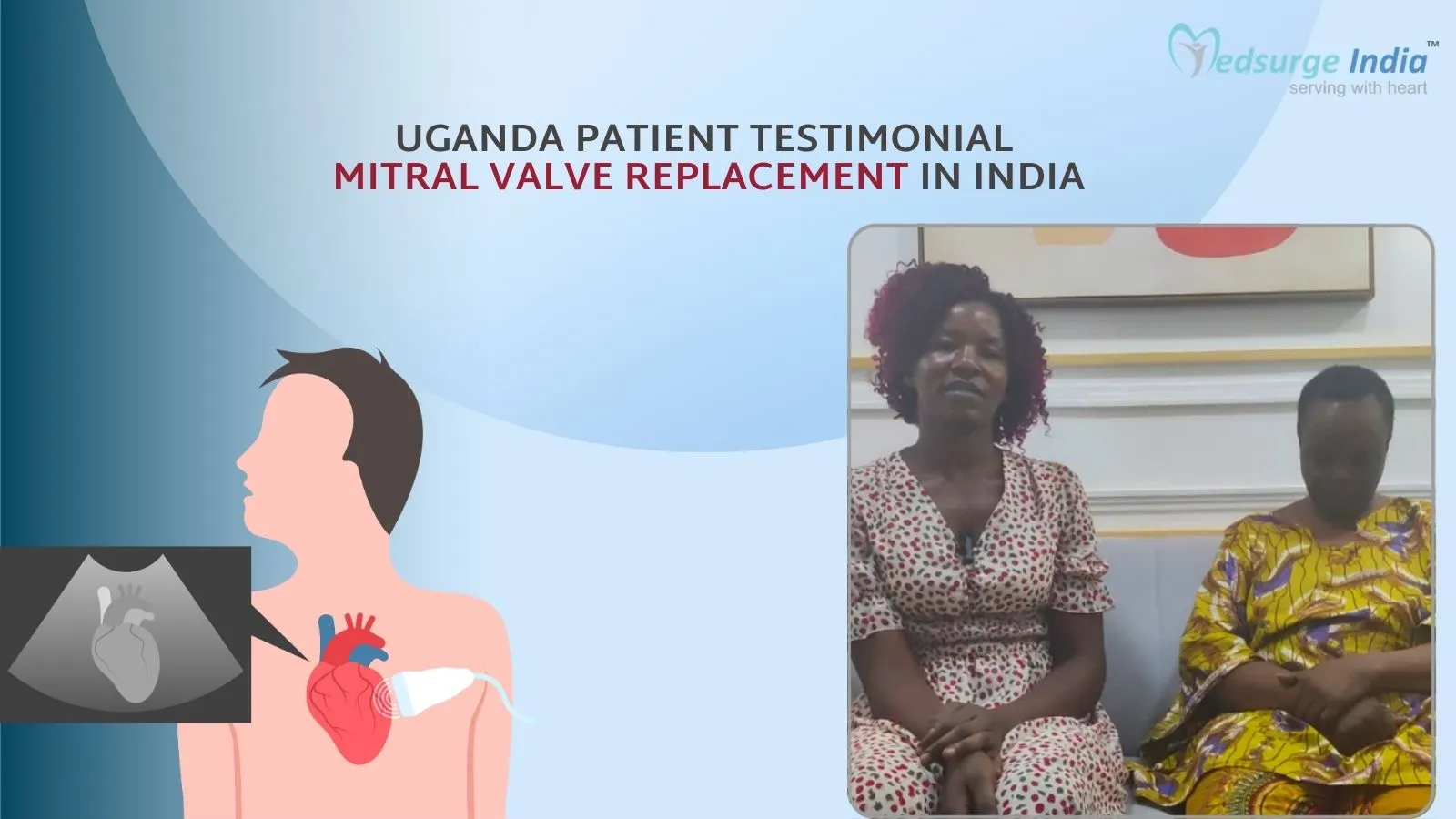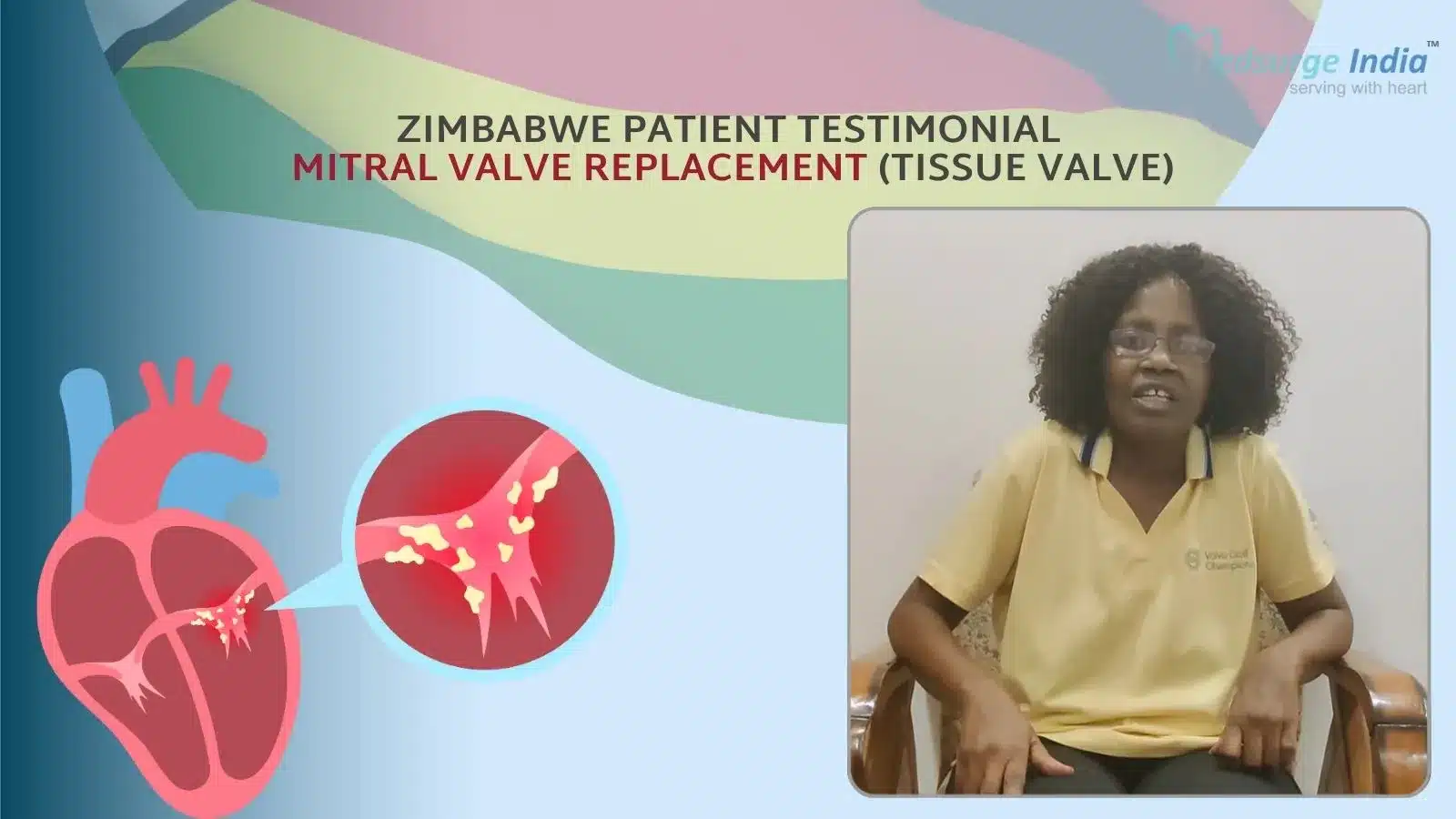
The surgical method known as HIPEC offers patients with abdominal malignancies fresh hope. Chemotherapy medicines are heated and circulated in your abdominal cavity during this procedure. Your surgeon will remove tumors during therapy and utilize HIPEC to attack cancer cells that aren’t visible to the unaided eye. HIPEC aims to stop these cells from developing into new tumors and spreading the malignancy. HIPEC treatment cost in India are significantly lower than those in other advanced countries since India gives more affordable prices. The success of the case is largely due to the knowledge supplied by the oncologist and other medical experts, as well as the utilization of modern scientific techniques at Indian institutions. In addition to these advantages, India is well known for its lower rates while upholding high clinical standards.
What is HIPEC?
The cancer treatment known as hyperthermic intraperitoneal chemotherapy (HIPEC) involves injecting heated chemotherapy medicines into the abdominal cavity. HIPEC sometimes referred to as “hot chemotherapy,” is carried out after the surgeon removes abdominal tumors or lesions.
HIPEC Treatment Cost in India
Affordable HIPEC Treatment Cost in India starts from INR 12,99,508 (15,600 USD). The cost of HIPEC in India is comparatively low as compared with other countries even though India is one of the best medical tourism countries in the world. Additionally, the level of medical treatment and services is on par with that of the greatest hospitals in the world in terms of quality and standard.
The price of medical treatment in India may differ based on a number of variables, including the type of therapy, the method employed, the hospital and location of choice, the doctor’s qualifications, and more. Numerous individuals from all over the world go to India for medical care for this reason, which is the main one.
Forms of Cancer that Are Treated with HIPEC Surgery
Abdominal illnesses, fluid retention, and malignancies can all be treated with HIPEC surgery. The most typical malignancies treated by HIPEC are as follows:
- Ovarian Cancer
- Adrenal cancer
- Appendix cancer
- Colon and rectal cancer
- Gastric (stomach) cancer
- Liver cancer
- Mesothelioma
- Pancreatic cancer
- Peritoneal cancer
What Distinguishes HIPEC from Conventional Chemotherapy?
There are some tumors that are challenging to cure, especially those that are found in the abdominal cavity. Contrary to intraperitoneal chemotherapy, intravenous chemotherapy does not effectively treat certain malignancies. According to HIPEC specialists, the heat increases the chemotherapy’s effectiveness in eliminating these cancer cells. Features of the machine:
- Effective chemotherapy is administered into the abdominal cavity.
- Only a little amount of chemotherapy is administered to the remainder of the body.
- If done correctly, improves the patient’s prognosis.
- Some side effects are reduced.
- Helps cancer cells in the abdominal cavity absorb drugs more effectively and are more susceptible to them.
Get Free Cost Estimation
Procedure
What Is the Procedure for HIPEC Surgery?
Before administering HIPEC, the surgeon will remove all visible malignancies that can be removed throughout the peritoneal cavity using regular surgical procedures. Cytoreductive surgery is the term used for this. The surgeon will give HIPEC therapy in the operating room after cytoreductive surgery.
After the abdomen has been cleared of any visible tumors, a heated, sterilized chemotherapy solution (41–42 degrees Celsius) is administered to the area for about an hour to reach and kill any residual cancer cells. The abdomen is then cleared of the solution, and the incision is then stitched up. The HIPEC method is intended to lessen the typical adverse effects of chemotherapy by making an effort to eliminate any residual cancer cells. Cytoreductive surgery is the first stage of HIPEC, followed by hot chemotherapy.
How Does HIPEC Machine Work?
- Catheters are inserted into the abdominal cavity by medical professionals and connected to the perfusion system, which warms the chemotherapy solution and circulates it throughout the body.
- A heating element elevates the solution’s temperature to between 105 and 109 F as it passes through the apparatus. Normal cells can withstand heat up to 111 F whereas cancer cells begin to decompose at about 104 F.
- To make sure the fluid is thoroughly combined, the doctor gives the belly a hand massage. This process facilitates medicine delivery to any residual cancer cells.
- For roughly an hour, the chemotherapy medications are transferred between the patient and the perfusion system.
- When the chemotherapy bath is done, medical professionals empty the body of the medicinal fluid.
- Before the catheter is taken out and the incision is closed, the cavity is later cleaned with mainly a saline solution.
- Given that surgery timings vary, the total operation, including surgery and HIPEC, might take anywhere from six to eight hours to complete. The length of the operation depends on how far cancer has gone within the abdomen.
Note: Each patient’s HIPEC recovery period is unique, although it typically lasts 10 to 12 weeks. Your medical staff will go through the whole recovery process with you, including how to take care of your incision wounds and promote healing. Fatigue is the worst part of the rehabilitation process. You won’t feel like yourself again for at least two to three months. In the meanwhile, it’s critical to keep active (within reason) and eat healthfully.
Helpful – Best Cancer Hospitals in India
HIPEC Treatment Cost in India
The cost of HIPEC in India is comparatively low as compared with other countries even though India is one of the best medical tourism countries in the world. Additionally, the level of medical treatment and services is on par with that of the greatest hospitals in the world in terms of quality and standard. The starting price for a HIPEC treatment in India is USD 15600.
The price of medical treatment in India may differ based on a number of variables, including the type of therapy, the method employed, the hospital and location of choice, the doctor’s qualifications, and more. Numerous individuals from over the world go to India for medical care for this reason, which is the main one.
How to Choose a Hospital In India For HIPEC Treatment?
Indian hospitals that perform HIPEC are well-known for their hospitality and patient care services. The best cancer surgeon in India at these hospitals are specialists in their fields. However, choosing a suitable hospital for treatment can be difficult for an international patient. It is a significant decision that must be made with several factors in mind, including:
- Quality certificates and accreditations
- Hospital and transportation facility location
- Team of doctors and surgeons
- Advanced diagnostic and therapeutic equipment
- International patient assistance
How Can Medsurge India Help?
Medsurge India is a prestigious support system for patients looking for doctors, hospitals, and specialized treatments. We’ll find the most suitable medical options for you. Regarding your medical issues, our team will give you a list of certified, reputable, and trusted doctors and hospitals. Additionally, we offer a treatment strategy that fits your budget. Apart, we assist patients with obtaining travel authorizations, medical visas, and a multitude of other things.
The Most Important Frequently Asked Questions
Q1: What Is the Difference Between Crs and Hipec?
A1: CRS is an abdominal procedure in which the doctors clear the belly of any detectable malignancies. HIPEC comes just after CRS. In HIPEC, hot chemotherapy is directly administered into the abdomen to eradicate any undetectable or tiny cancer cells.
Q2: Who Is a Suitable Hipec Candidate?
A2: Hyperthermic intraperitoneal chemotherapy (HIPEC) therapy may provide fresh hope and better results if you have been diagnosed with peritoneal cancer or a disease that started elsewhere in the body and subsequently metastasized into the abdomen.
Q3: What Are the Hipec’s Long-Term Side Effects?
A3: Possible risks from the HIPEC procedure include paralytic ileus, anastomosis leaks, hemorrhages, infections, pleural effusions, fistulas, abscesses, hematological toxicity, and renal failure.
Q4: After Hipec, Do I Require Chemo?
A4: Additionally, many patients use HIPEC to receive chemotherapy both before and after surgery. This provides a number of benefits. It could reduce the size of the peritoneal metastases before surgery, making total removal of them simpler. Additionally, it could get rid of any cancer that has already spread to other parts of the body.
Q5: in Hipec, Why Is Chemotherapy Heated?
A5: Greater medication concentrations where they are needed are made possible by administering the chemotherapy in the belly at the time of surgery. Chemotherapy that has been heated kills cancer cells more efficiently and with fewer adverse effects.
Top Hospitals for HIPEC Treatment In India
Top Doctors for Oncology and Oncosurgery
Dr. Monidipa Mondal
Senior Consultant
Experience: 12+ years of experience
Narayana Superspeciality Hospital, Shibpur, Howrah
Howrah, India
Dr. Vijay Anand Reddy
Director
Experience: 30 years of experience
Apollo Hospitals, Jubilee Hills Hyderabad
Hyderabad, India
Dr. Praveen Kammar
Consultant
Experience: 13 years of experience
Nanavati Super Specialty Hospital Mumbai
Chennai, India
Dr. Kaustav Talapatra
Director
Experience: 17 years of experience
Nanavati Super Specialty Hospital Mumbai
Mumbai, India
Dr Sripriya Rajan
Consultant
Experience: 24 years of experience
Apollo Cancer Hospital, Chennai
Chennai, India
Dr. Amita Mahajan
Senior Consultant , MBBS
Experience: 10 years of experience
Indraprastha Apollo Hospital, New Delhi
New Delhi, India
Dr. Rohit Malde
Consultant
Experience: 17 years of experience
Nanavati Super Specialty Hospital Mumbai
Mumbai, India
Dr. Satish Rao
Consultant
Experience: 36 years of experience
Fortis Malar Hospital ,Chennai
Chennai, India
Dr. Jyoti Shanker Raychaudhuri
Consultant
Experience: 25 years of experience
Indraprastha Apollo Hospital New Delhi
New Delhi, India
Dr. Ashok Kumar Singh
Consultant
Experience: 10 years of experience
Max Super Speciality Hospital, Patparganj, New Delhi
New Delhi, India
Dr. Kapil Kumar
Director
Experience: 30 years of experience
Fortis Hospital, Shalimar Bagh, New Delhi
New Delhi, India
Dr. Amit Agarwal
HOD
Experience: 25 years of experience
Fortis Hospital Delhi Shalimar Bagh
New Delhi, India

